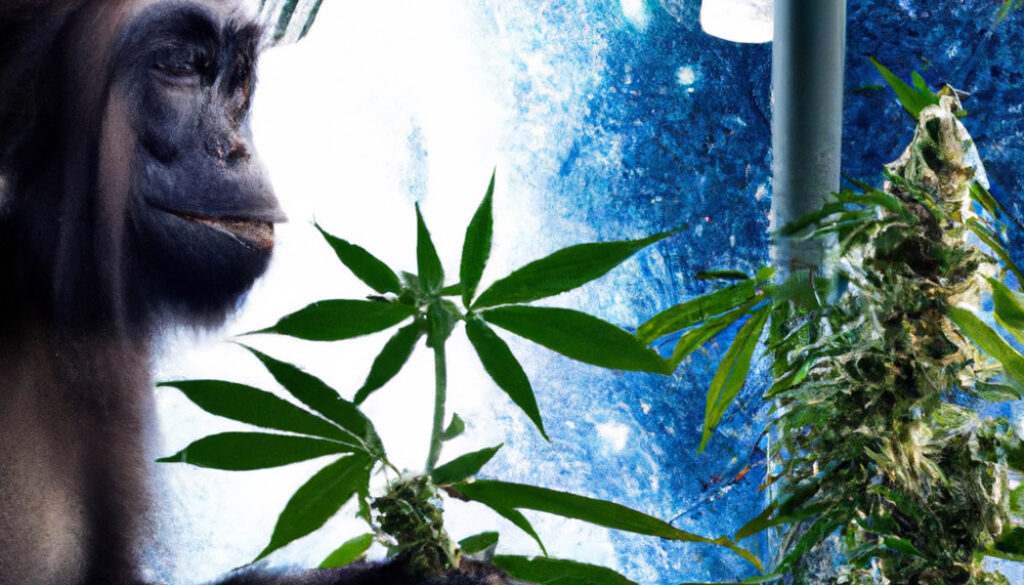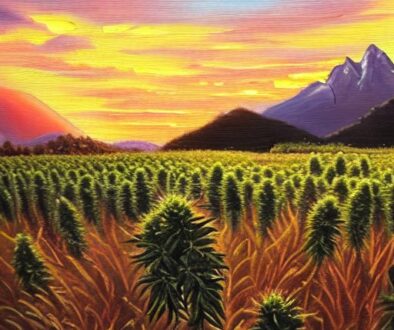Maximizing Yield: Tips for Maximum Cannabis Yield
Cannabis cultivation is a rewarding and challenging process, but the end goal for many growers is to produce a large, high-quality yield. There are several factors that can impact the yield of a cannabis crop, but the flowering and harvesting stages are critical for maximizing yield. In this article, we’ll explore: Maximizing Yield: Tips for Maximum Cannabis Yield.
Lighting
One of the most important factors in maximizing yield is proper lighting. During the flowering stage, cannabis plants need a significant amount of light to promote healthy growth and strong flower development. A common recommendation is to provide 12 hours of light and 12 hours of darkness each day. Additionally, it is important to choose the right type of lighting, such as high-intensity discharge (HID) or LED lights, and to position the lights at the correct distance from the plants to prevent over- or under-lighting.
Nutrition
Proper nutrition is also essential for maximizing yield. During the flowering stage, cannabis plants have different nutrient needs than they do during the vegetative stage. It is important to switch to a flowering-specific nutrient formula and to adjust the feeding schedule based on the plants’ needs. Over- or under-fertilization can negatively impact yield, so it is important to monitor the plants’ nutrient levels and adjust as needed.
Pruning
Pruning is another important technique for maximizing yield. Removing any yellow or dead leaves, as well as any leaves that are shading the buds, can help increase the light penetration to the buds and promote healthier growth. Additionally, topping the plants (removing the top of the main stem) can encourage the growth of multiple colas (flower clusters) instead of just one main cola, resulting in a larger yield.
Humidity and temperature
Proper humidity and temperature levels are also critical for a successful flowering and harvesting process. During the flowering stage, cannabis plants prefer a slightly lower humidity level (around 40-50%) than during the vegetative stage. Additionally, a temperature range of 68-77°F is ideal. It is important to monitor these levels and adjust as needed to prevent mold or other issues that can negatively impact yield.
Harvesting
The timing of harvesting can also impact yield. Harvesting too early can result in smaller, less potent buds, while harvesting too late can cause the buds to become over-mature and lose some of their potency. To determine the ideal harvest time, it is important to look for the trichome (resin gland) color change, which indicates the maturity of the buds. A loupe or microscope can be used to get a close-up view of the trichomes.
In conclusion, maximizing yield requires a combination of proper lighting, nutrition, pruning, humidity and temperature control, and harvesting techniques. By following these tips, cannabis growers can ensure that they are getting the most out of their crops and producing high-quality, potent buds. As always, it is important to do thorough research and consult with experienced growers to find the techniques that work best for your particular growing environment and setup.




